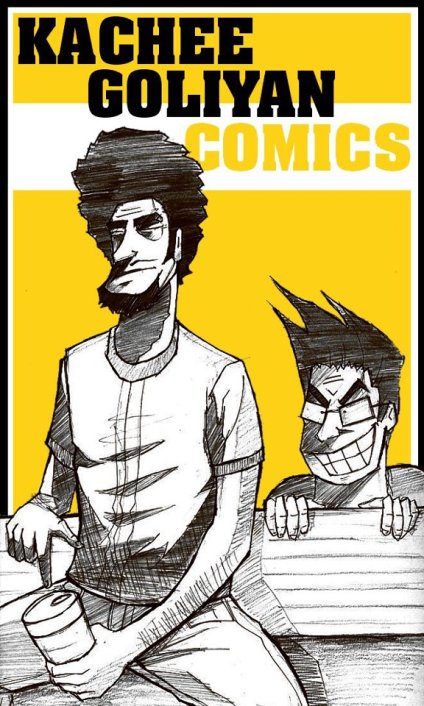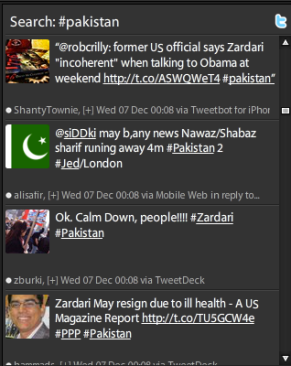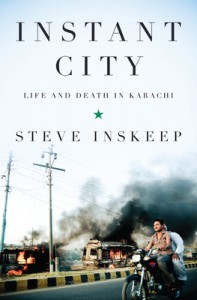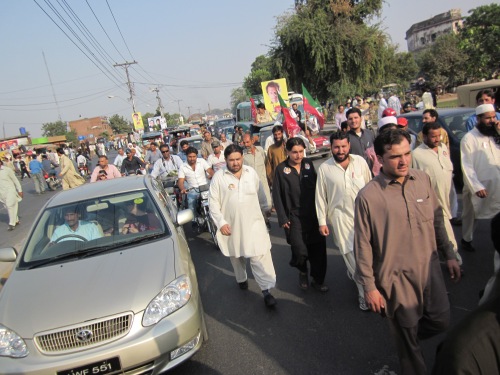When I was younger, I was a fan of comic books. My brother and my shelves were often stacked full of beat-up and leathered Archie Comics, X-Men, Asterix & Obelisk, and Calvin & Hobbes editions. Our mom earned the nickname Suzy because her short hair resembled Calvin’s snarky and smart-mouthed friend, and though I always wanted to like the good girl Betty, I secretly preferred Veronica because we shared the same hair color (deep, I know). Comics were more than just escapist entertainment, they were characters we knew and loved. But often what was missing were characters we could also relate to, who shared similar backgrounds and stories. In Pakistan, those were few and far between.
Enter Kachee Goliyan, what the Express Tribune in October called, “The Pakistani version of Beavis & Butthead.” Launched in June 2011 by two friends in their early 20s, Nofal Khan and Ramish Safa, Kachee Goliyan began as Pakistan’s first online comic daily, aiming to “give Pakistan characters the masses could relate to,” notes the inside cover of their latest issue. When I sat down with Nofal in January, he told me how Ramish and he would carpool to college from North Nazimabad – a 45-minute drive – cracking jokes along the way. Their shared humor fueled and inspired the main characters in KG – JC & Sufi, who, in the first issue of the series, resurrect legendary folk warrior Maula Jatt.
Since January, KG has released three comic books, both online and in print, and have gained increasing popularity in recent months. Their Facebook page boasts nearly 20,000 likes, and Nofal said they will increase their circulation to 10,000 print copies by April. Kachee Goliyan will also be the first Pakistani comic to be showcased at the (first ever) Middle East Film & Comic Con, taking place in Dubai at the end of next month. One of their largest and most surprising fan bases is in Hyderabad, where Nofal joked they “got their first taste of stardom…signing 100 copies [of Kachee Goliyan] in one day.”
Currently, KG is in English, not Urdu. While the linguistic choice does narrow its audience, Nofal did indicate KG’s plan to translate their work into Urdu, especially as they gain more traction. The comics are (for now, at least) free, with all incurred costs covered through ads and sponsors.As start-up entrepreneurs themselves, Nofal and Ramish want to provide ad space to other small entrepreneurs, and so far, they have garnered a high response from sponsors.
KG is free, Nofal explains, to create a demand for these local comic books, particularly since the current market is relatively non-existent. The founders also want to inspire other young artists (Ramish is the comic artist of the duo), encouraging readers to post fan art on the KG Facebook page, and want to eventually use their platform as an avenue for other would-be comic artists to publish their work. Nofal told me, “Pakistan is full of potential. People are currently outsourcing their creative work to the country…we need to tap into that potential and channel it properly” to further build the animation industry.
While Pakistan’s animation industry is anything but saturated, there are other notable cartoonists, animators, and graphic novelists. Nigar Nazar is the first female cartoonist in Pakistan and the Founder of Gogi Studios. Jamal Kurshid is a graphic novelist who launched Wahid years ago, and Numair Abbas‘ Numairical Studios will be bringing a Simpsons-like cartoon set in Pakistan, for Pakistanis. The overarching aim of these artists are similar: provide characters and stories a local audience can relate to. The cartoon medium is an added plus – allowing for many of these stories to be more approachable & digestible.
For Nofal and Ramish, there’s a plan – involving not just KG, but also building the market for local comic artists and consumers. Expect more brilliance from these young entrepreneurs – from merchandise to podcasts to – of course – more comics.















